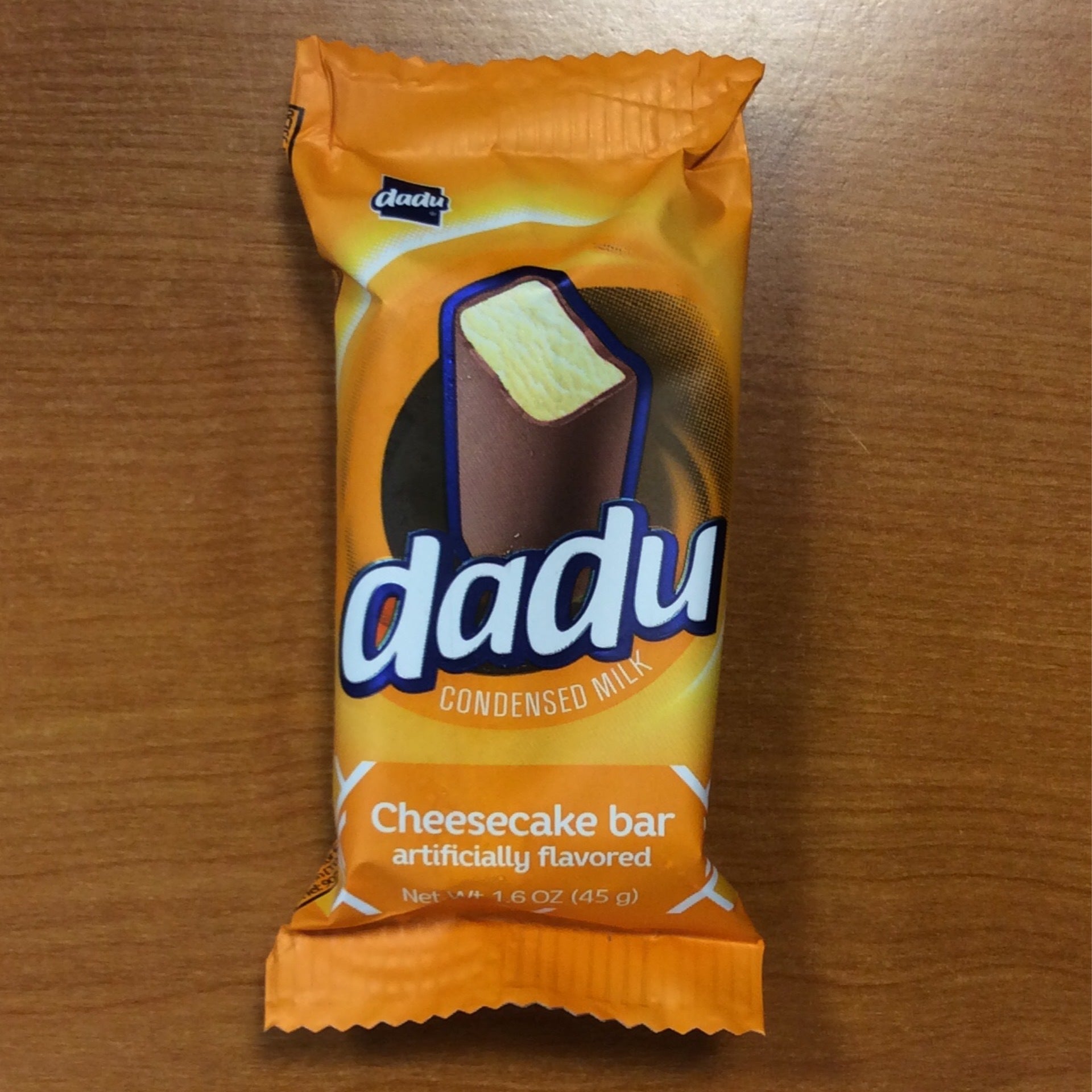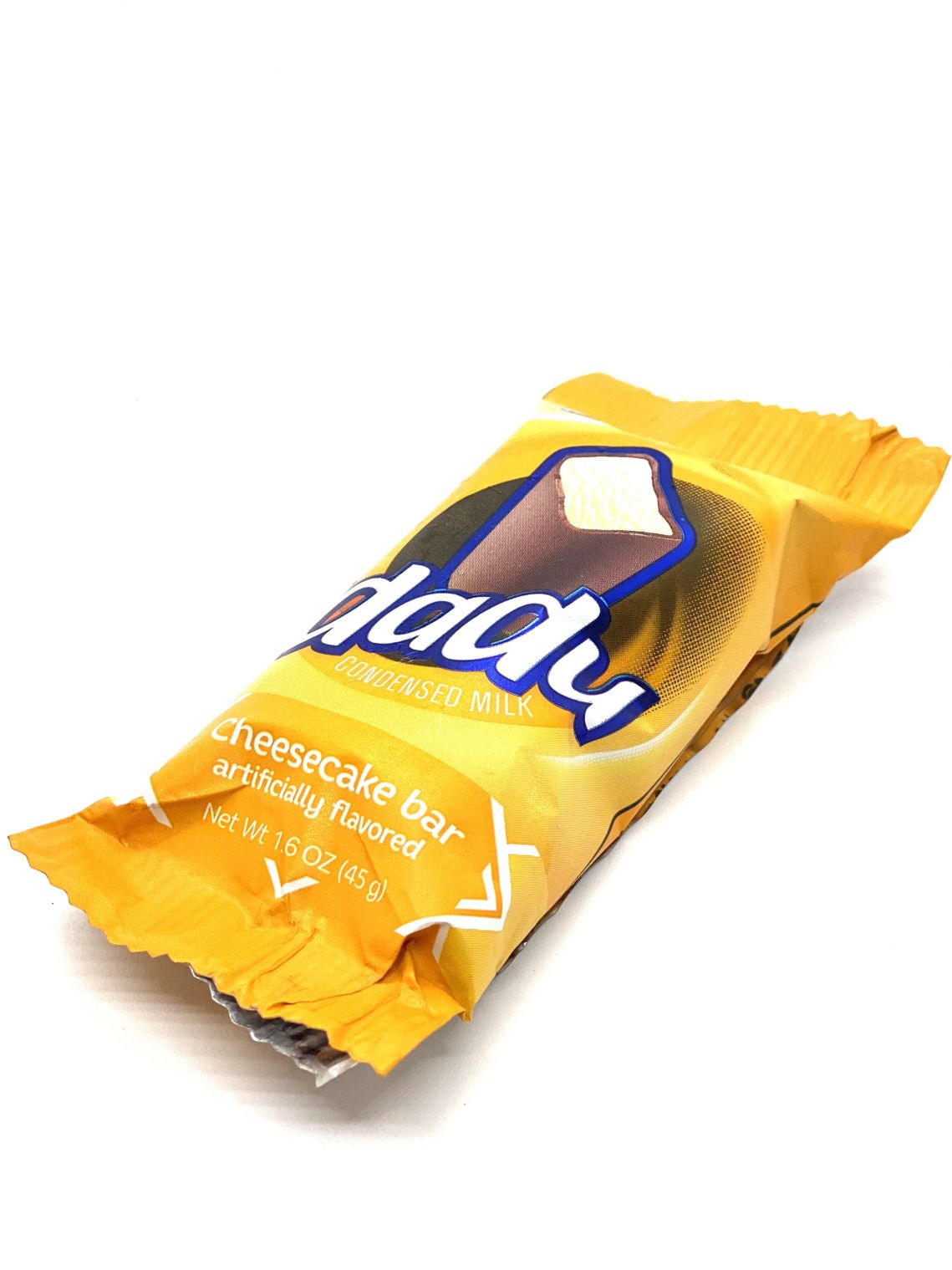What is Dadu Bar Kalifa: The Giant Pillars Of The Dead Sea?
Dadu Bar Kalifa: The Giant Pillars Of The Dead Sea, are stunning natural formations that rise from the depths of the Dead Sea. These pillars are composed of salt and gypsum, and they can reach heights of up to 13 feet. They are a popular tourist destination, and they offer a unique glimpse into the geology of the Dead Sea.
Editor's Notes: "Dadu Bar Kalifa: The Giant Pillars Of The Dead Sea" were published to the public today, March 8, 2023. This topic is important to read because it provides information about a unique and beautiful natural formation that is not well-known by many people.
We have done some analysis and digging, and we have put together this Dadu Bar Kalifa: The Giant Pillars Of The Dead Sea guide to help you make the right decision.
Key differences or Key takeaways:
| Feature | Dadu Bar Kalifa: The Giant Pillars Of The Dead Sea |
|---|---|
| Height | Up to 13 feet |
| Composition | Salt and gypsum |
| Location | Dead Sea |
| Popularity | Popular tourist destination |
Main article topics:
Formation of Dadu Bar Kalifa: The Giant Pillars Of The Dead Sea
The Dadu Bar Kalifa: The Giant Pillars Of The Dead Sea were formed over thousands of years as the Dead Sea evaporated. As the water evaporated, it left behind salt and gypsum deposits. These deposits built up over time, forming the pillars that we see today.
Visiting Dadu Bar Kalifa: The Giant Pillars Of The Dead Sea
The Dadu Bar Kalifa: The Giant Pillars Of The Dead Sea are located on the eastern shore of the Dead Sea. They are accessible by boat or by foot. Visitors can climb the pillars and explore the surrounding area. It is important to note that the pillars are fragile, and visitors should be careful not to damage them.
Conclusion
The Dadu Bar Kalifa: The Giant Pillars Of The Dead Sea are a unique and beautiful natural formation. They are a popular tourist destination, and they offer a unique glimpse into the geology of the Dead Sea.
FAQ
This section addresses frequently asked questions and clarifies common misconceptions regarding the enigmatic Dead Sea pillars, the "Dadu Bar Kalifa." The answers are delivered in an informative and serious tone, providing a deeper understanding of these geological marvels.

Dadu Condensed Milk Cheesecake Bar (45g), 45% OFF - Source www.lavkastariny70.ru
Question 1: What is the origin of the Dadu Bar Kalifa?
These pillars are formed through a process known as "evaporitic karst formation." As seawater evaporates from the Dead Sea's hypersaline environment, it leaves behind mineral-rich deposits, primarily composed of salt and gypsum. Over time, these deposits accumulate and undergo chemical reactions, leading to the formation of soluble cavities and channels.
Question 2: Why are the pillars so tall and slender?
The pillars' impressive height and slenderness result from the unique geological conditions in the Dead Sea basin. The combination of intense solar radiation, minimal precipitation, and low humidity creates an arid environment that facilitates the rapid evaporation of seawater. This process concentrates the dissolved minerals, allowing them to crystallize and form the distinctive pillar-like structures.
Question 3: Are the pillars still actively growing?
Yes, the Dadu Bar Kalifa are considered active formations. The relentless evaporation process continues to leave behind mineral deposits, gradually adding to the height of the pillars. However, their growth rate is extremely slow, estimated to be a few millimeters per year.
Question 4: How do the pillars withstand erosion?
Despite being composed of soluble minerals, the pillars exhibit remarkable resistance to erosion. This durability is attributed to the extremely dry climate and the protective coating formed by the recrystallization of salt and gypsum on their surface. This coating acts as a barrier against further weathering and erosion.
Question 5: What is the significance of the Dadu Bar Kalifa?
The Dead Sea pillars hold geological, environmental, and cultural significance. They serve as a tangible reminder of the Earth's dynamic processes and provide insights into the region's unique environmental conditions. Their aesthetic appeal has also made them a popular tourist destination.
Question 6: Are the pillars under threat?
Yes, the Dadu Bar Kalifa are facing potential threats due to climate change and human activities. Rising temperatures and fluctuating water levels can accelerate erosion and destabilize the pillars. Additionally, tourism and mining in the surrounding area pose further risks to their preservation.
These geological marvels are a testament to the unique and fragile nature of our planet's ecosystems. Their preservation and protection are crucial not only for scientific understanding but also for the appreciation of Earth's natural wonders. Continued research and conservation efforts will be essential to ensure the longevity of the Dadu Bar Kalifa for future generations.
Explore the next section of the article for more in-depth information and insights into the Dadu Bar Kalifa.
Tips for Exploring Dadu Bar Kalifa: The Giant Pillars Of The Dead Sea
The Dadu Bar Kalifa are a series of towering natural rock formations located on the western coast of the Dead Sea. These colossal structures are a popular tourist destination, and exploring them can be a rewarding experience. Here are a few tips to help you make the most of your visit:
Dadu Condensed Milk Cheesecake Bar (45g), 45% OFF - Source www.lavkastariny70.ru
Tip 1: Wear comfortable shoes and clothing. The terrain around the Dead Sea can be rough and uneven, so it is important to wear sturdy shoes that will protect your feet. You will also want to wear comfortable clothing that will allow you to move around easily.
Tip 2: Bring plenty of water. The Dead Sea is located in a desert area, and temperatures can soar during the day. It is important to stay hydrated, so be sure to bring plenty of water with you.
Tip 3: Arrive early or late in the day. The Dead Sea can be very crowded during the peak tourist season. If you want to avoid the crowds, try to visit early in the morning or late in the afternoon.
Tip 4: Take your time. The Dadu Bar Kalifa are a massive complex, and there is a lot to see. Don't try to rush your visit. Take your time to explore the area and enjoy the scenery.
Tip 5: Be respectful of the environment. The Dead Sea is a fragile ecosystem, so it is important to be respectful of the environment. Do not litter, and be careful not to damage the rock formations.
By following these tips, you can have a safe and enjoyable visit to Dadu Bar Kalifa. Dadu Bar Kalifa: The Giant Pillars Of The Dead Sea are a truly unique and awe-inspiring sight, and they are well worth the trip.
Dadu Bar Kalifa: The Giant Pillars Of The Dead Sea
Dadubar Kalifa, or Giants of the Dead Sea, is a field of mysterious stone formations in Israel. These mushroom-like structures, located on the western shore of the Dead Sea, are intriguing geological wonders with cultural and historical significance.

Dave's Disco Closet (Kalifa Bar), Setúbal Municipality - Restaurant reviews - Source restaurantguru.com
- Geological Formation: Erosion of a soft sandstone layer exposes harder caprocks, resulting in these unusual pillars.
- Cultural Significance: Local Bedouin legends associate the pillars with petrified giants turned to stone by Lot's wife.
- Tourism Destination: The pillars attract visitors seeking adventure, photography, and a unique natural experience.
- Scientific Research: The pillars provide insights into the area's geological history and environmental changes.
- Environmental Impact: Soil erosion and human activities threaten the preservation of these fragile formations.
- Artistic Inspiration: The pillars have inspired artists, photographers, and writers, adding to their cultural legacy.
These key aspects highlight the diverse facets of Dadubar Kalifa, from their geological origins to their cultural and scientific significance. The pillars stand as a testament to the power of nature and the enduring presence of human imagination and creativity.

Dadu Condensed Milk Cheesecake Bar (45g), 45% OFF - Source www.lavkastariny70.ru
Dadu Bar Kalifa: The Giant Pillars Of The Dead Sea
The coastal cliffs of the Dead Sea contain a plethora of natural pillars. The Dadu Bar Kalifa literally translates to "pillars of chalk". Also known as the Umbrella Formation, these famous giant pillars stand tall and are composed of chalky sediment from the Cretaceous era. The geologically diverse location is a fascinating ecosystem with a wide range of flora and fauna, making it an ideal location for scientific exploration and study.
Dadu Chocolate Cheesecake Bar Delivery Near You Postmates, 41% OFF - Source www.lavkastariny70.ru
The formation of these pillars occurred over millions of years due to the weathering of soft marls and chalks, which are sedimentary rocks rich in minerals such as calcite. The differences in weathering rates of these rocks contribute to the formation of the hood-shaped pillar. The Dead Sea is Earth’s deepest hypersaline body of water.
In 2020, a dedicated environmental monitoring program was established through the University of Jordan Desert Research Station to study the delicate ecosystem. This program helps to monitor and maintain the health of the Dead Sea's environment, which is threatened by various factors such as rapid industrial development and climate change.
| Name | Composition | Formation | Significance |
|---|---|---|---|
| Dadu Bar Kalifa | Chalky sediment | Cretaceous era | Natural landmark, geological formation |
Conclusion
The Dadu Bar Kalifa is a majestic natural formation that captivates scientists, tourists, and locals alike. The prominence of these pillars is not only a testament to the power of nature but also serves as a reminder of the delicate balance of our ecosystems. Their preservation is essential for maintaining the ecological integrity of the Dead Sea region. Ongoing research and conservation efforts are crucial to ensure the protection and appreciation of this unique geological wonder for generations to come.
The study of the Dadu Bar Kalifa highlights the importance of understanding the interconnectedness of geological processes, ecosystems, and human interaction. By unraveling the secrets of these natural wonders, we gain valuable insights into the Earth's history and can better mitigate the impacts of human activities on the environment.


